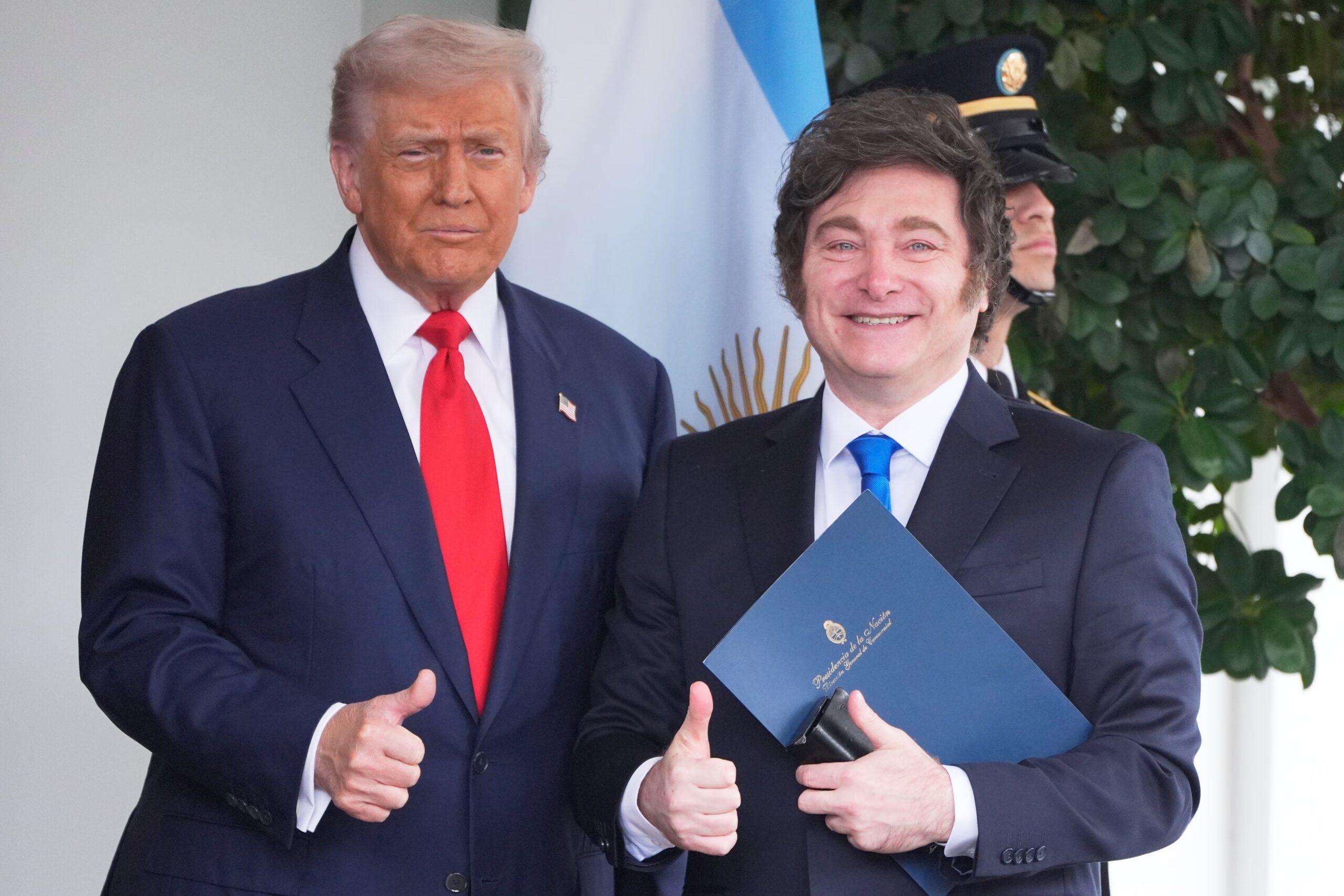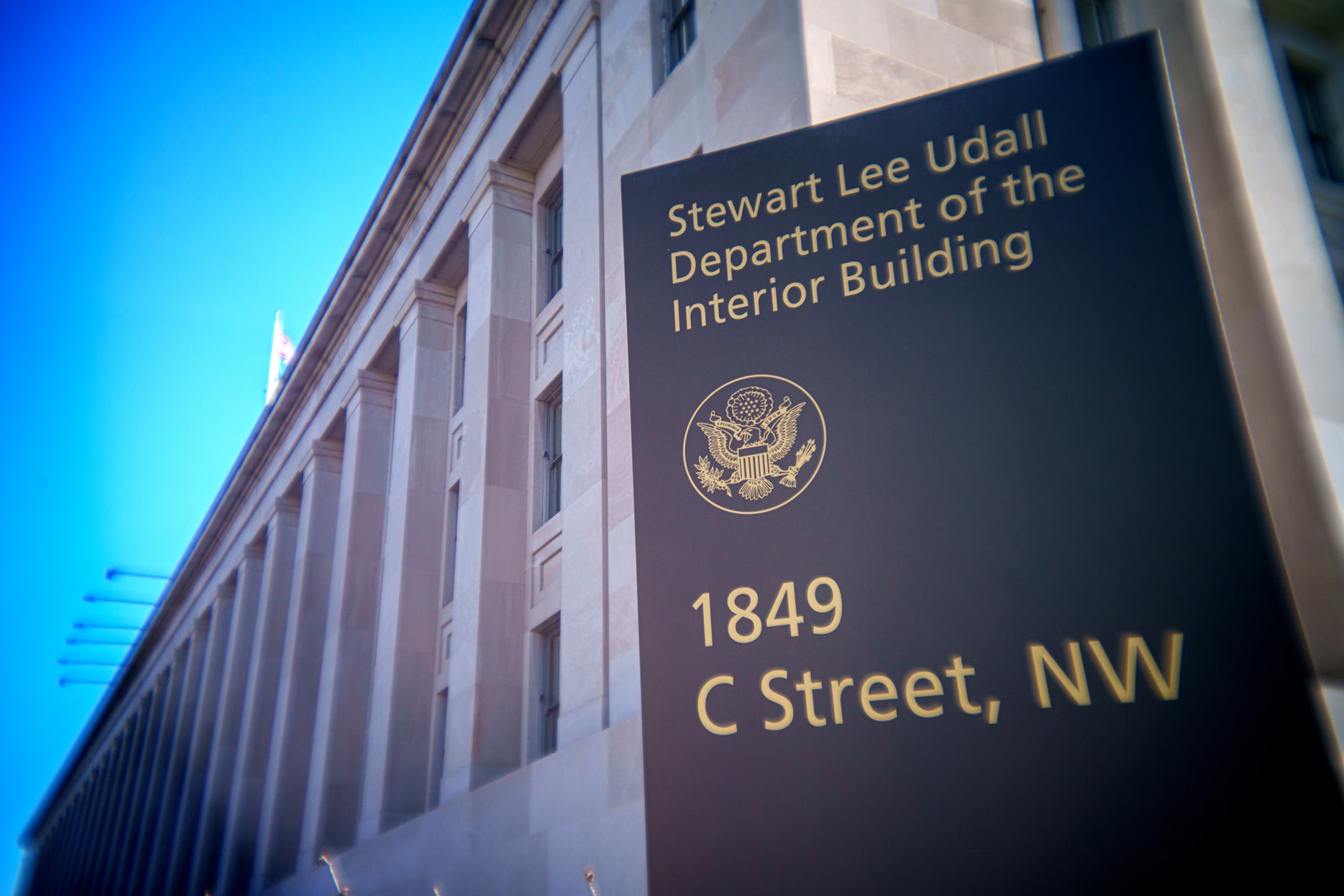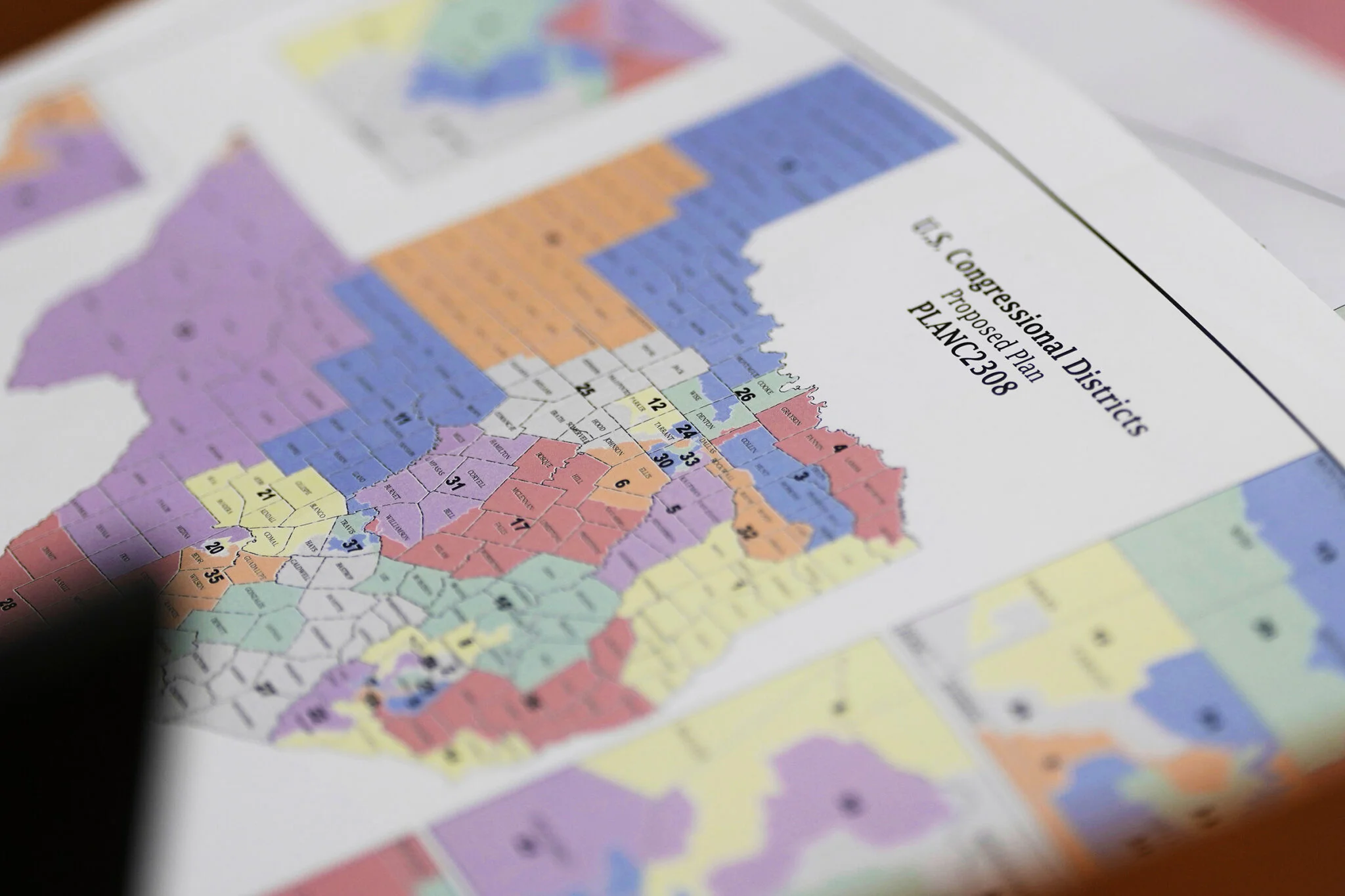President Donald Trump said he is considering opening U.S. markets to beef from Argentina to help lower food prices and ensure steady supply across the country. The comment, made on October 19 aboard Air Force One, quickly sparked criticism from ranchers and farm groups worried about the impact on American producers.
Trump explained that allowing Argentine beef could help ease food inflation, which has pushed grocery costs higher in recent months. According to data from the U.S. Department of Agriculture, the average price of beef has risen more than ten percent over the past year because of drought, rising feed costs and a smaller national cattle herd.
The president said his goal is to make meat more affordable for families while guaranteeing stable access to food. However, many producers fear that importing cheaper beef could drive down the value of domestic cattle and threaten the livelihood of small farms.
Ranchers are worried
Cattle producers in states such as Texas, Nebraska and Kansas said the plan could lower the price of U.S. cattle and hurt small and family-owned ranches already struggling with high costs. They argue that the administration should focus on restoring domestic production rather than turning to foreign suppliers.
The National Cattlemen’s Beef Association, which represents most U.S. ranchers, said the proposal would not solve the problem of high food prices. In a statement, the group warned that bringing in cheaper beef from abroad “won’t make grocery stores more affordable” and could instead “shift the financial hit to American producers.”
Some analysts agree that the issue is more complex than it appears. Beef prices depend on many factors, including global demand, feed costs and labor availability in meatpacking plants. “Imports can help with short-term supply, but they rarely lower retail prices right away,” explained an agricultural economist from Iowa State University.
U.S. government takes cautious approach
The U.S. Department of Agriculture confirmed that it is still reviewing the possible economic and health effects of expanding meat imports. The agency stressed that any decision would need to comply with strict sanitary standards and labeling requirements before Argentine products could enter the American market.
Officials said the White House views the idea as part of a broader effort to control food inflation without damaging domestic agriculture. There is no schedule or import quota under discussion yet, and authorities emphasize that any move will be taken carefully after consultation with all sectors involved.
A USDA spokesperson told reporters that the government’s priority is to keep beef affordable for American households while supporting local producers. Analysts say the administration hopes controlled imports could stabilize prices for consumers without causing major disruptions in the cattle industry, which remains vital to the rural economy.
Reaction from Argentina
Argentina’s government welcomed the news and described it as a positive opportunity for both countries. The Ministry of Agriculture said it has not received an official request from Washington but is open to strengthening trade relations with the United States.
Argentina is one of the world’s largest beef exporters, known for its grass-fed cattle and long history in meat production. Experts in Buenos Aires say access to the American market would be a significant boost the country’s economy and for President Javier Milei’s plan to expand exports and attract foreign investment.
Local producers also expressed optimism. Industry leaders said Argentine ranchers are ready to meet American import requirements if the idea moves forward. Many pointed out that Argentina already exports to major destinations such as China and the European Union under strict sanitary regulations.
Political and economic background
The proposal has revived an ongoing debate in Washington about how to balance free trade with the protection of domestic industries. The issue is politically charged for Trump because many of his strongest supporters live in rural communities where cattle farming plays a central role in the local economy.
Lawmakers from ranching states have urged the administration to proceed with caution, warning that the plan could anger key constituencies ahead of the 2026 election. At the same time, the White House sees an opportunity to show voters it is addressing a problem that affects nearly every household: the high cost of groceries.
Economists view the situation as part of a broader effort to manage inflation while maintaining rural stability. Some say limited, temporary imports could help cool prices, while others believe the effect on consumers would be modest at best. “It is a balancing act between affordability and independence,” said an analyst at the Brookings Institution. “The government wants cheaper food but must ensure that American farms remain viable.”
Ongoing discussion and next steps
There is still no formal agreement between the two governments, and the plan remains under internal review in Washington. Any authorization would need to go through several stages, including sanitary approval, trade negotiations and technical assessments.
The USDA is expected to consult with ranchers, consumer groups and trade partners before making any decision. The process could take months, and officials have not committed to a specific timeline. For now, both governments describe the matter as exploratory.
Regardless of the outcome, the proposal has already reopened one of America’s most persistent debates about food security and economic self-sufficiency. Supporters of the idea argue that cooperation between markets makes the supply chain more resilient, while critics say relying on other countries puts U.S. agriculture at risk.
As one rancher from Oklahoma put it, “Imports might help in the short term, but they don’t fix the long-term issue. We need support to rebuild our herds and keep production going here at home.”
Final analysis
The discussion around Argentine beef shows how complex economic policymaking can be when it touches everyday life. Trump faces pressure to protect American producers while also easing the cost of living for consumers. His plan places those priorities on a collision course.
Whether or not the import proposal moves forward, it highlights a central question about the future of American food supply. In times of economic tension, can the United States keep food affordable without sacrificing the strength of its own agriculture?
Contact us today through our WhatsApp to discover how we can help you achieve success in the United States.
Sources: Estadâo | CNN Brasil | G1.Globo | CNBC | The Scottish Farmer



